About the Author
Nick Mitchell is a passionate long-distance cycle tourist, who has thousands of cycling miles to his credit and is the veteran of numerous End to Ends. He qualified as a National Standards Cycling Instructor in 2009. His comprehensive knowledge of the route, built up over many years, is to be found in this, his first cycling guidebook. Nick has previously cycled from Munich to Sheffield and Harwich to Bergen, topped off with John o'Groats to Land's End, and he recently cycled halfway round the coast of Britain. In 2015 Nick researched a new long-distance route from the Hook of Holland to Vienna. When he isn't in the office writing up cycling routes, Nick can be found out on the road guiding long-distance tours.
THE END TO END CYCLE ROUTE
LANDS END TO JOHN O GROATS
by Nick Mitchell
2 POLICE SQUARE, MILNTHORPE, CUMBRIA LA7 7PY
www.cicerone.co.uk
Nick Mitchell 2016
Second edition 2016
ISBN: 978 1 85284 858 3
First edition 2012
ISBN: 978 1 85284 670 1
Printed in China on behalf of Latitude Press Ltd
A catalogue record for this book is available from the British Library.
All photographs are by the author unless otherwise stated.
 Crown copyright OS PU100012932
Crown copyright OS PU100012932
 Mapping produced by Lovell Johns Ltd www.lovelljohns.com
Mapping produced by Lovell Johns Ltd www.lovelljohns.com
Acknowledgements
In memory of Sheila Hinton of Shrewsbury
Updates to this Guide
While every effort is made by our authors to ensure the accuracy of guidebooks as they go to print, changes can occur during the lifetime of an edition. Any updates that we know of for this guide will be on the Cicerone website ( or by post to Cicerone, 2 Police Square, Milnthorpe LA7 7PY, United Kingdom.
Front cover: Tandem team on the Cross of Greet (Stage 8) (photo courtesy of Rick Robson, www.cyclesportphotos.com)
CONTENTS
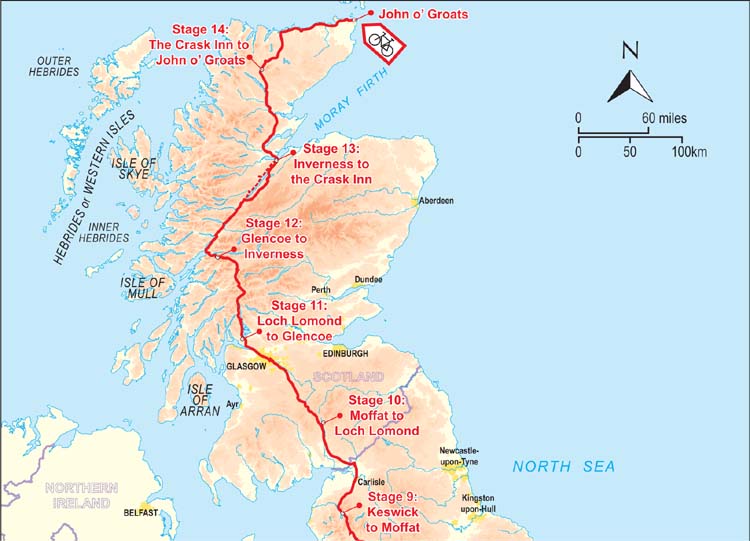
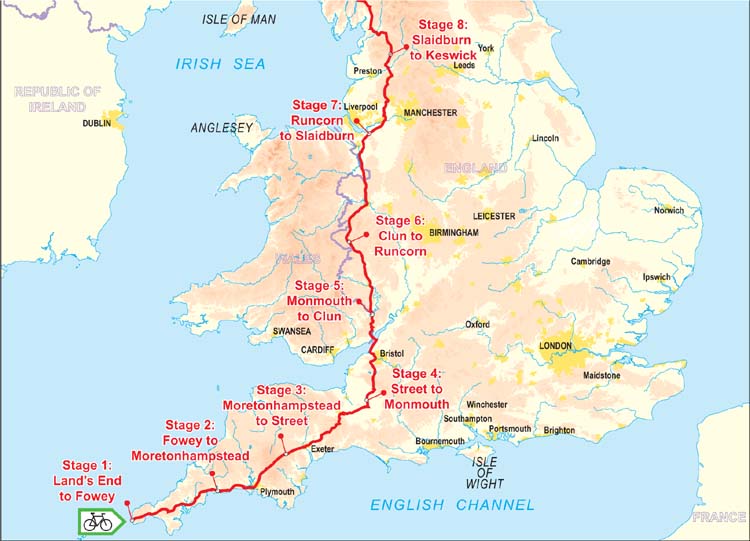


The long and winding road in the Forest of Bowland (Stage 8) Photo: Jonathan Williams
INTRODUCTION
Cycling from Land's End to John o'Groats, or the End to End as it is popularly known, is a truly British adventure. It is a challenging long-distance bicycle tour of almost a thousand miles, from the very tip of south-west England to the far north of Scotland, usually undertaken within a two-week time frame, providing a cycling escapade par excellence. Many thousands of men and women, old and young, embark on this journey every year. The attractions of the End to End are numerous; friendship, fresh air, glorious scenery, tremendous cycling, interesting history and, upon completion, a life-enhancing sense of achievement.

The Pass of Glen Coe one of many highlights of the trip
Former End to Enders will evangelise with missionary zeal about their journey; the highs and the lows, the best caf, the steepest hill, the longest day, the fastest descent, the calories burnt and the sun cream applied. They will tell you about the wind, the B&Bs and YHAs, road surfaces, routes, stunning views and the best pint. These are tales from the road born from practical experience, yet somewhere along the line every one of these End to Enders will have been searching for information about how to cycle the End to End and how to put their idea into action. This guidebook is designed to give an aspiring End to Ender the tools to complete the job.

Stopping to fix a puncture all part of the adventure
The End to End, like any other adventure worth undertaking, is also a challenge; arriving at the start line minutes before setting off will make your heart beat faster and bring a little dryness to the mouth, raising the question, Can I really do this? The answer is to start and to try. The End to End is best encountered one stage at a time, one goal at a time; to get to Penzance, to the Bristol Channel, Blackburn, Carlisle, the Borders, Inverness and head north in a life-affirming, I'm on my way, I've come too far and I'm not stopping. At times and in places the End to End can be hard, but with a good level of fitness and the right preparation, it is also achievable.
Some days will be very wet, some cold, others windy. The hills can be long or steep, or both; knees will stiffen, muscles cramp, gears will click, grind and slip. There will probably be a puncture or two, but even during the tough times a smile may cross your face when the realisation sets in: I am cycling the End to End, I'm free and on the road and this is my adventure.
The End to End route outlined in this guidebook is designed to take in some of the finest cycling that the UK has to offer, along the quieter A roads, B roads, lanes and cycle paths. End to Enders will find that once they are on the road, it is the numerous small and intensely enjoyable personal moments that provide the sense of adventure. The nervous tingle at the first sight of the End to End distance marker at Land's End; glimpsing Glastonbury Tor through spring morning mist; the fragrant scent of a Shropshire hedgerow after summer rain or the sound of raucous fiddle playing and laughter at an impromptu ceilidh in the Far North. On every stage of the End to End, from Cornwall to Caithness, the cycling is excellent and the landscape never really falls short of being gorgeous.
However, it is the men and women encountered along the way that add to the warp and weft of the adventure; stopping for a word with a gentleman of the road on a deserted Welsh country lane; a cup of tea with the friendliest B&B owner in Lancashire, who will talk and laugh and talk some more; arriving soaked to the skin at Slaidburn YHA and finding that the gruff-looking former Yorkshire miner, now working as a volunteer warden, will put your cycling kit in the washer with a smile. All these characters are out there waiting to take part in your End to End.

Self-supported End to Ender, camping all the way
The End to End route outlined in this guidebook was originally devised for a cycle touring company and so readers can rest assured that the route and the accompanying maps and notes have been successfully road-tested by dozens of people on supported rides over the past couple of years. The brief was to design a 14-day End to End, avoiding fast and busy roads, and it has largely been met, with the exception of 8 miles from Plymouth to Yelverton and 68 miles between Tarbet and Fort William, where there are no sensible alternatives. Fortunately on both these roads motorists are used to seeing cyclists. Wherever possible National Cycle Network (NCN) cycle paths have been used for crossing those large urban conurbations that could not be avoided.


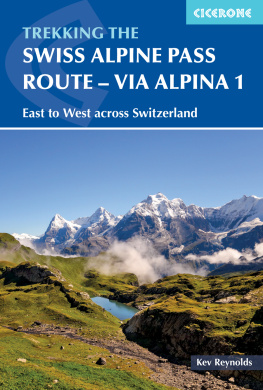
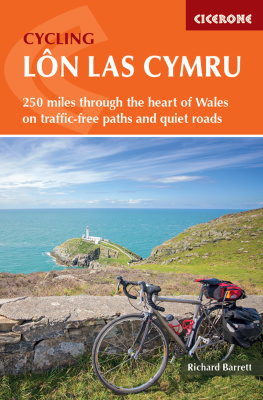
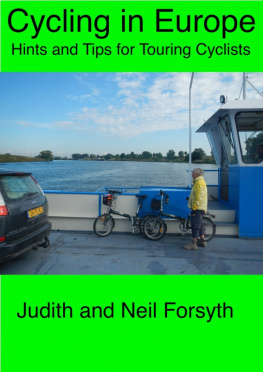

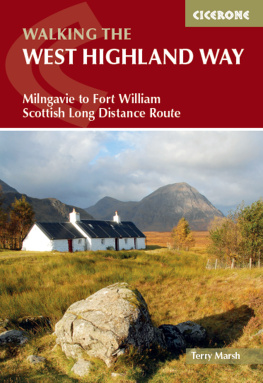
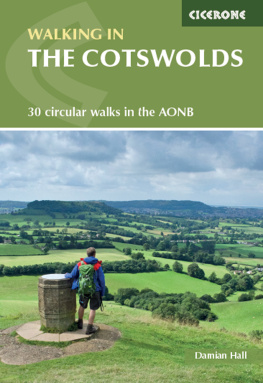
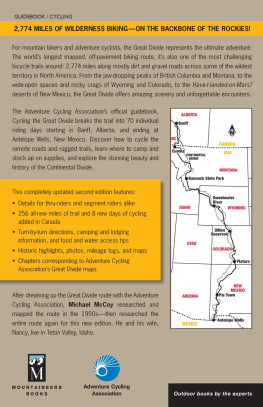
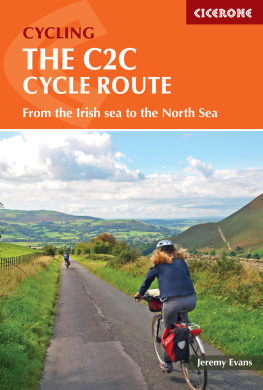
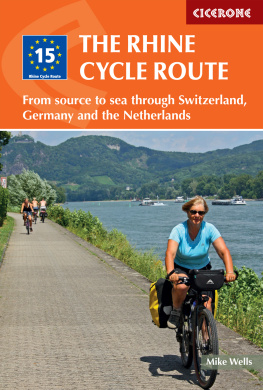
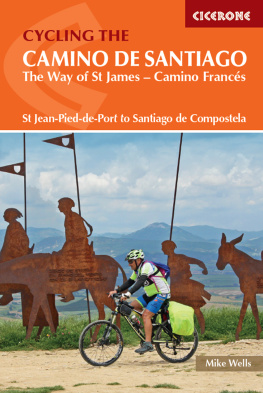
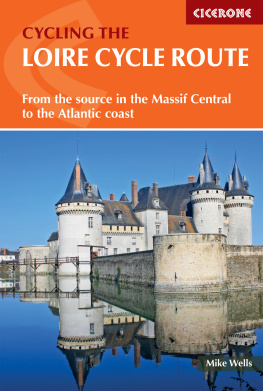
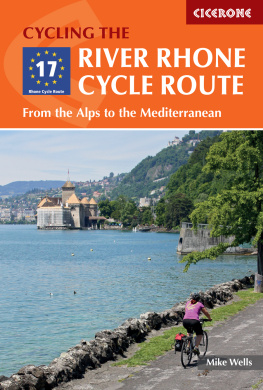


 Crown copyright OS PU100012932
Crown copyright OS PU100012932 Mapping produced by Lovell Johns Ltd www.lovelljohns.com
Mapping produced by Lovell Johns Ltd www.lovelljohns.com





